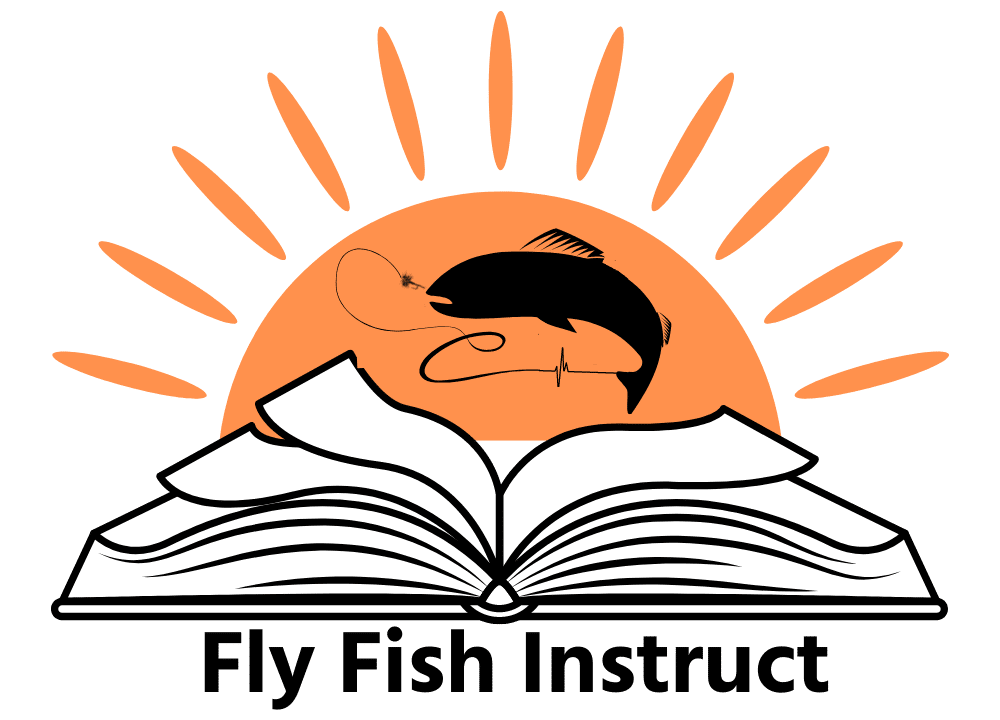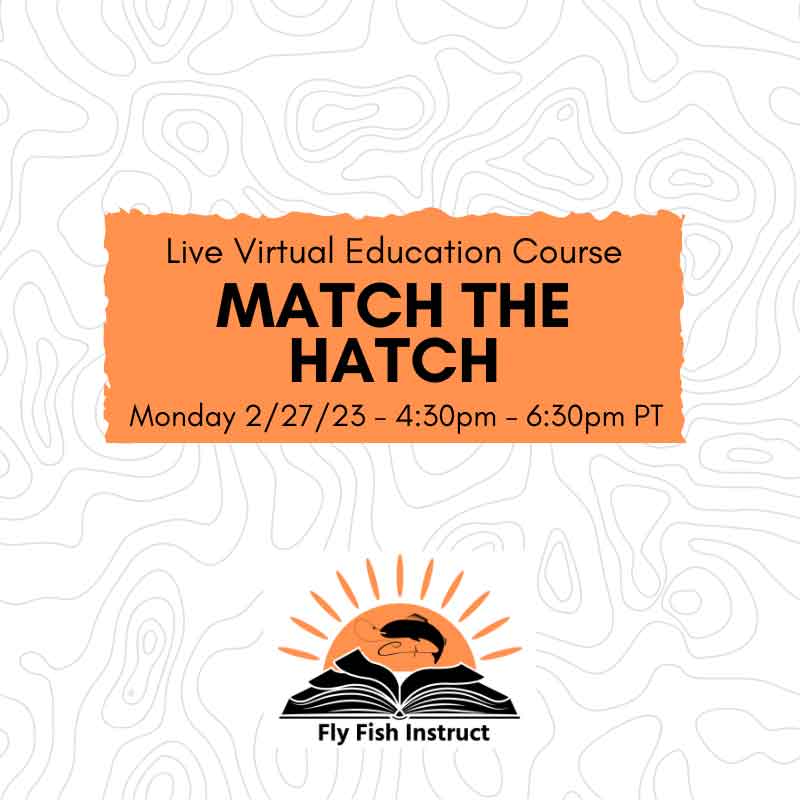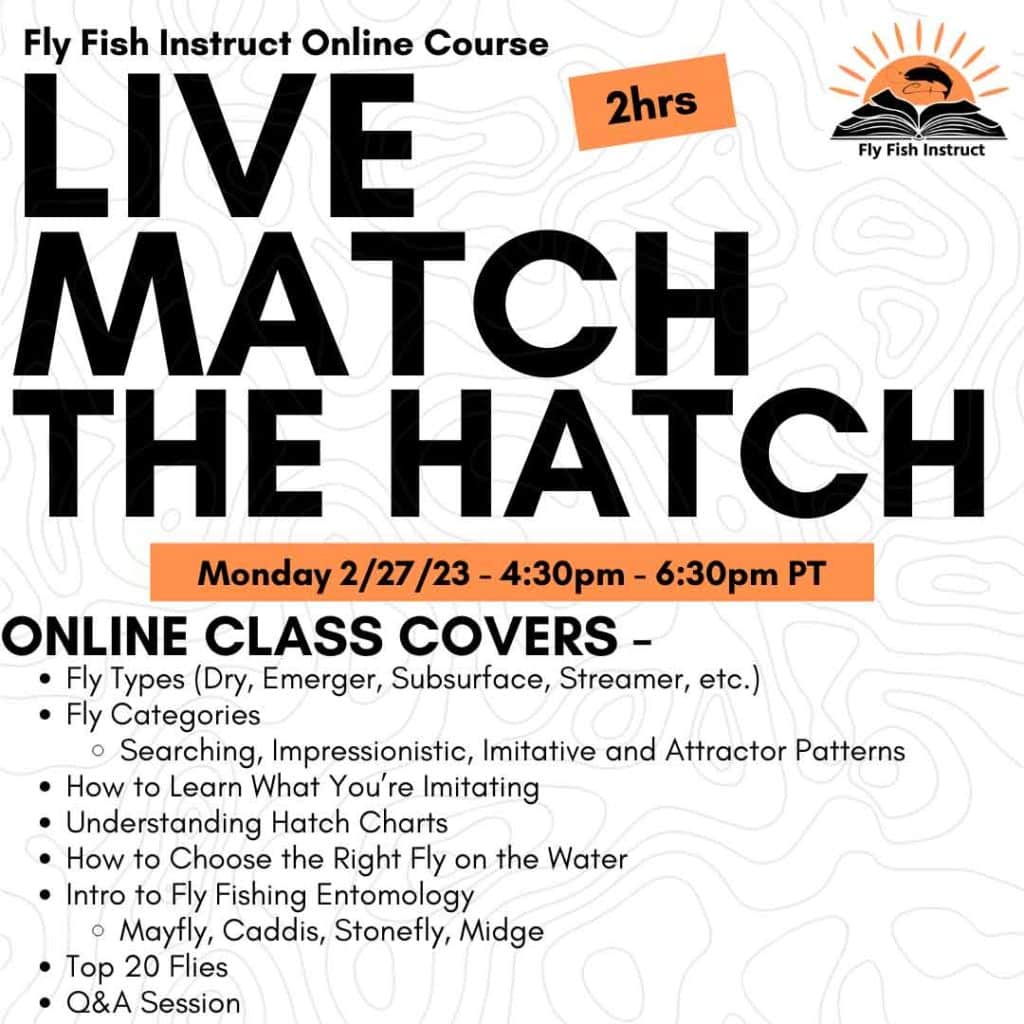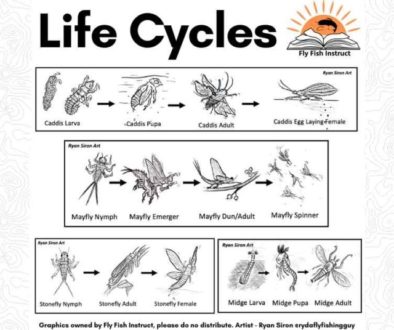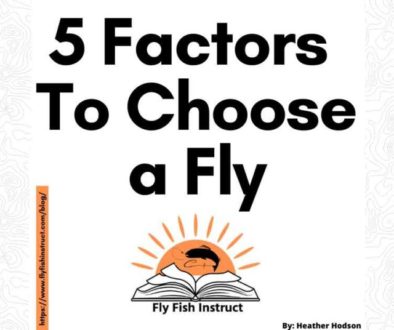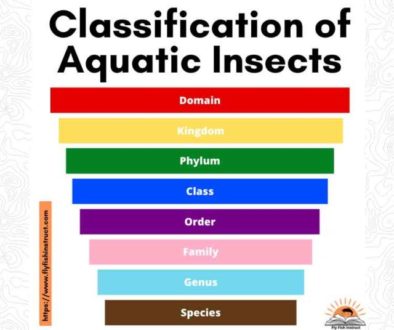heather Blog, Education, Entomology, Trout Match the Hatch
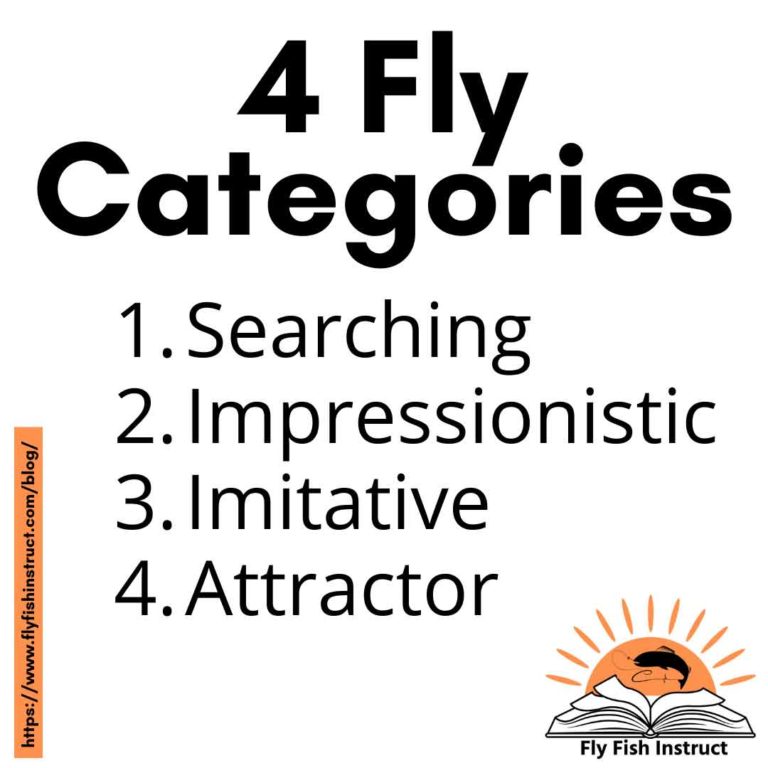
We’ve covered the different fly types; now let’s discuss the four fly category types. Fly categories are not an exact science, like classifying an aquatic insect, but they are an excellent reference for choosing the correct fly to be a successful angler.
All these topics and more are covered in the “Match the Hatch” online course.
4 Fly Category Types
- Searching Patterns
- Impressionistic Patterns
- Imitative Patterns
- Attractor Patterns
Searching Patterns
A searching pattern is used first when you’re unsure what is hatching or what fly to use. These flies are not meant to look like anything in particular; they can imitate various insects. These are used when searching for what size, color, or profile of the fly the fish are looking for.
You might spend an entire day being successful with a searching pattern, or it might help narrow down to a different category.
- Many searching patterns can also pass as a specific insect order. (i.e., Caddis, Mayfly, Stonefly, Midge)
- Start to observe where you are catching fish with these patterns?
- In the Riffles, Runs, Pools, Tailouts, etc.
- This will help you identify which stage of insects the fish are feeding on.
- In the Riffles, Runs, Pools, Tailouts, etc.
- What is the feeding behavior of the fish? How are they eating the fly?
- Drag Free Drift, Twitch, Swing, or on the Final Lift.
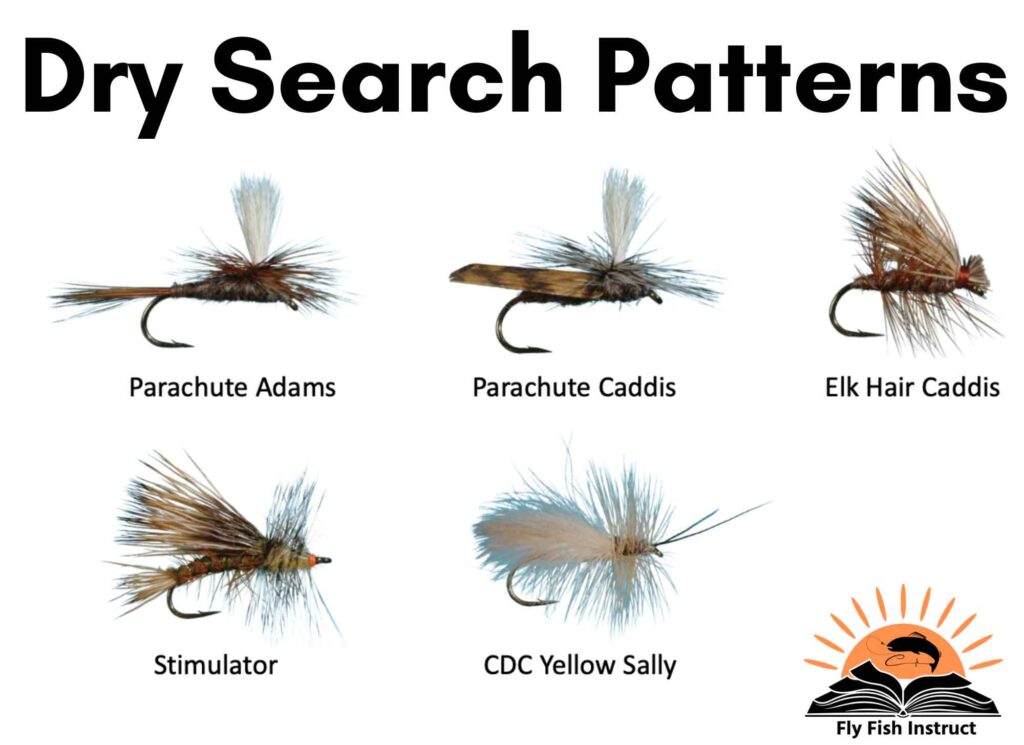
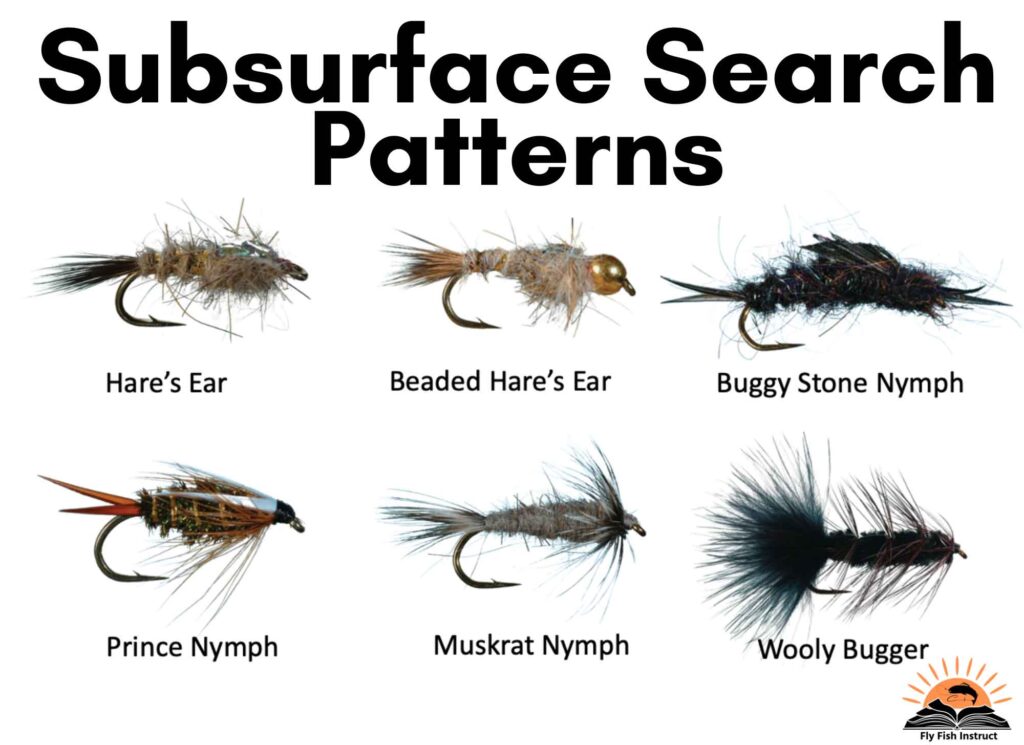
Impressionistic Patterns
Anglers often start with an impressionistic pattern if they know what is hatching. This is the next logical step after fishing a searching pattern. How do you know what is hatching? Get to know and learn the hatches. Read our “Hatch Chart” blog.
- These patterns can pass as different orders (mayflies, caddis, stoneflies, or midges) or genus (BWO, PMDs, Golden Stones) in multiple stages before you narrow down the specific species and stage to mimic an imitative pattern.
- Once you’ve narrowed down the 5 factors of choosing a fly (size, profile, color, behavior, and habitat), you can switch to an impressionistic pattern.
- Example – Switch from a green parachute to a Flavilinea Dun pattern.
- Usually, defined profiles and natural colors.
- Impressionistic fly patterns are best used in faster-moving water. Faster water means less time for a trout to analyze the fly and make a quick decision.
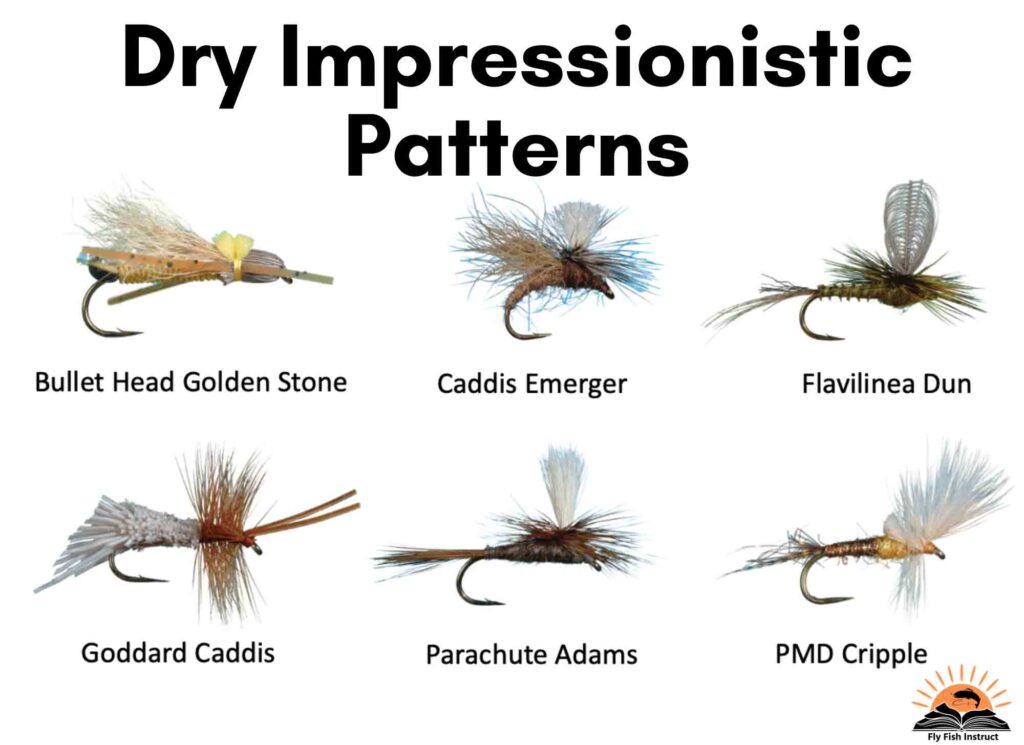
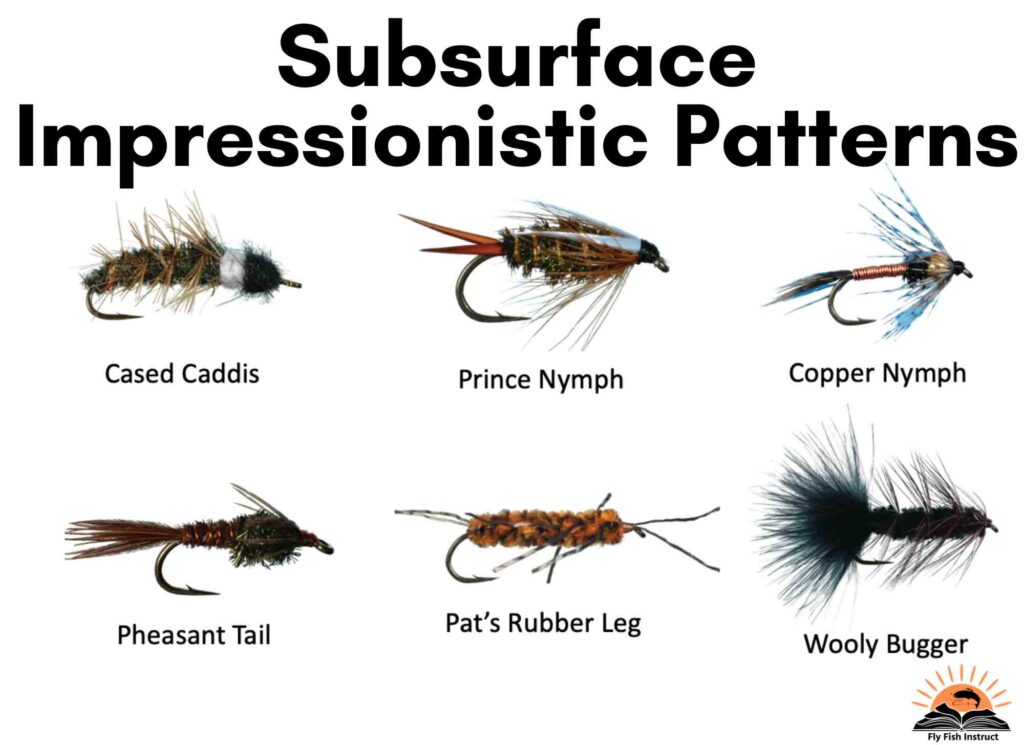
Imitative Patterns
An imitative pattern mimics a specific species and stage.
- Should be fished as a single stage.
- Once you have figured out the imitative pattern, you’ll catch far more fish!
- Size, profile, and color all mimic a specific genus and stage.
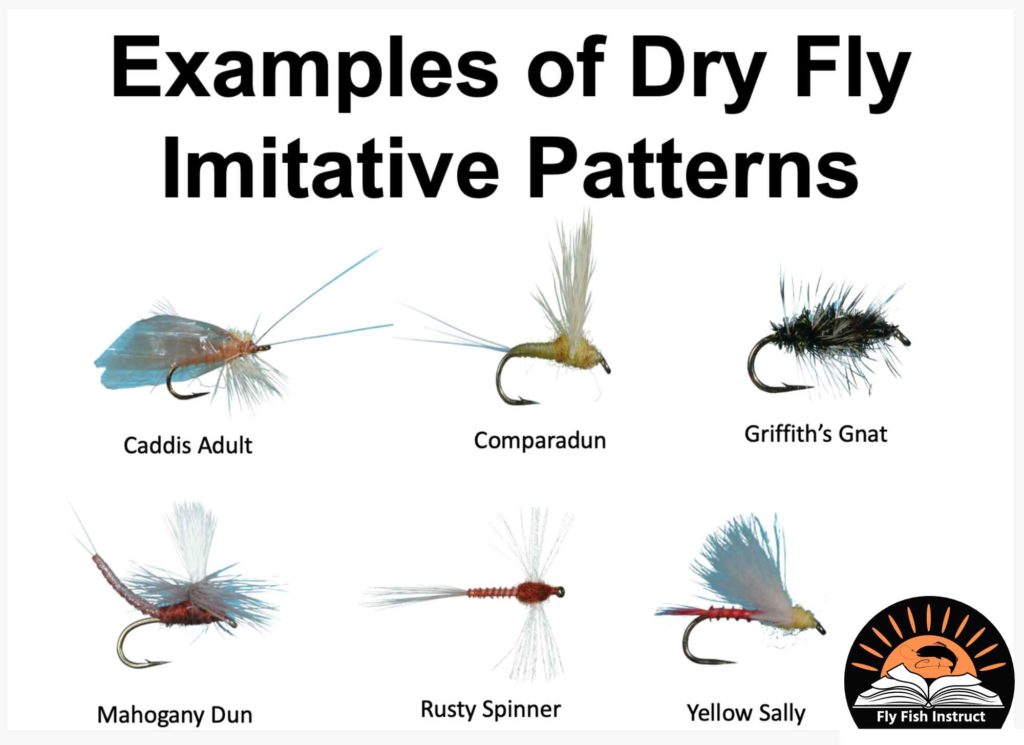
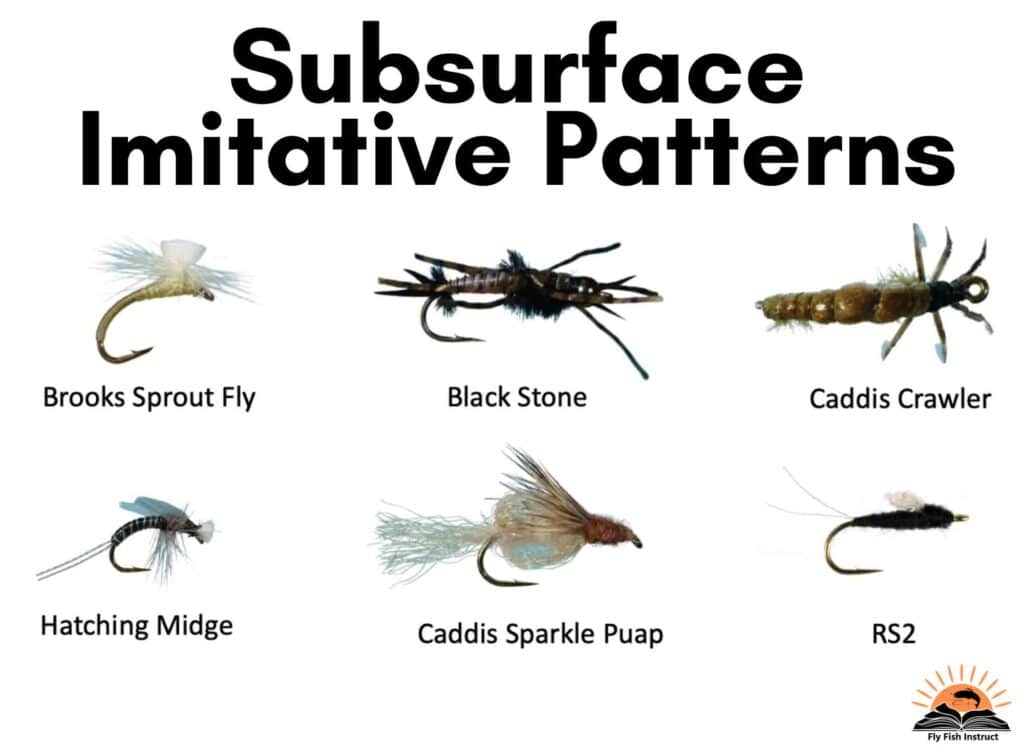
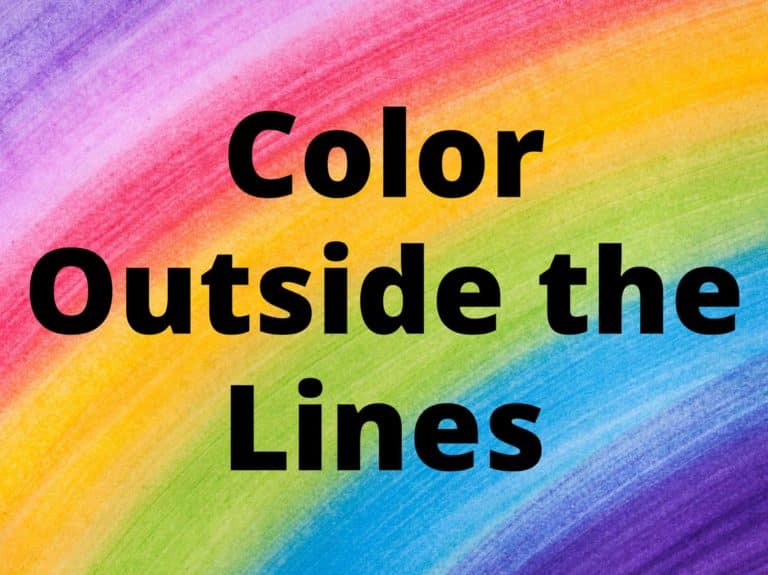
Attractive Patterns
The attractor pattern mimics nothing but attracts the many. This fly has been designed to attract the curious, sometimes less educated, fish.
- Flashier, bright colors, legs, sparkle, and synthetic fibers.
- Weak to no resemblance of a type of insect hatching or baitfish.
- Use if you do not succeed with a searching, impressionistic or imitative pattern.
- Use when there are no apparent insect hatches or trout eats.
- Can be successful during a prolific hatch when you can’t match the fly. Color outside the lines by fishing with something big, loud, and obnoxious.
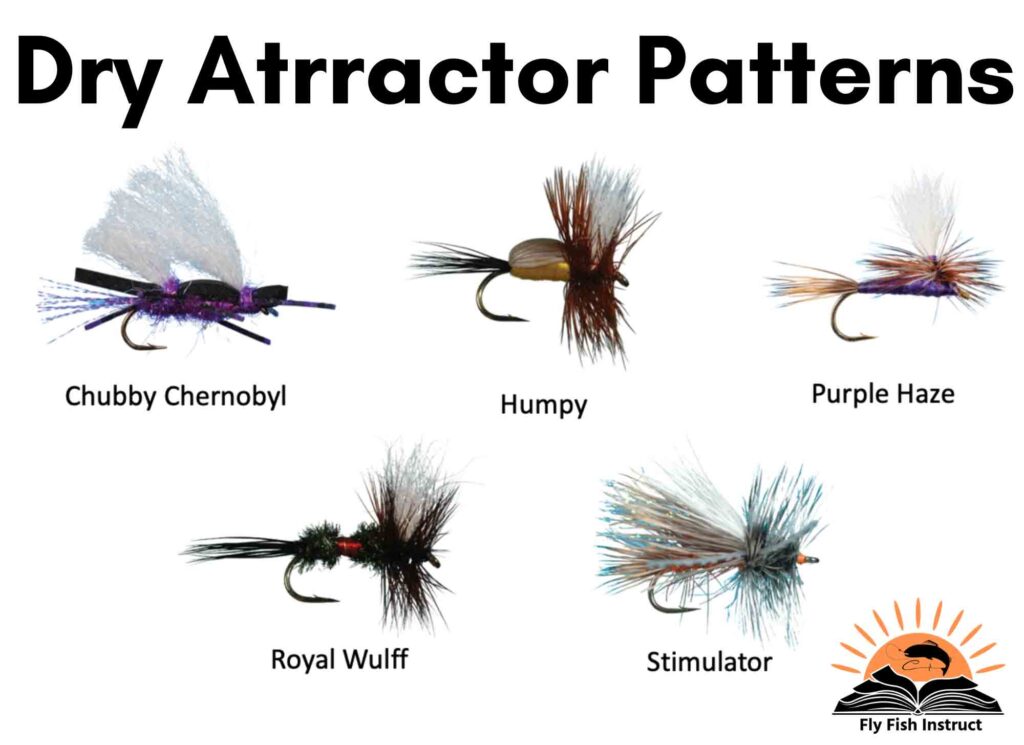
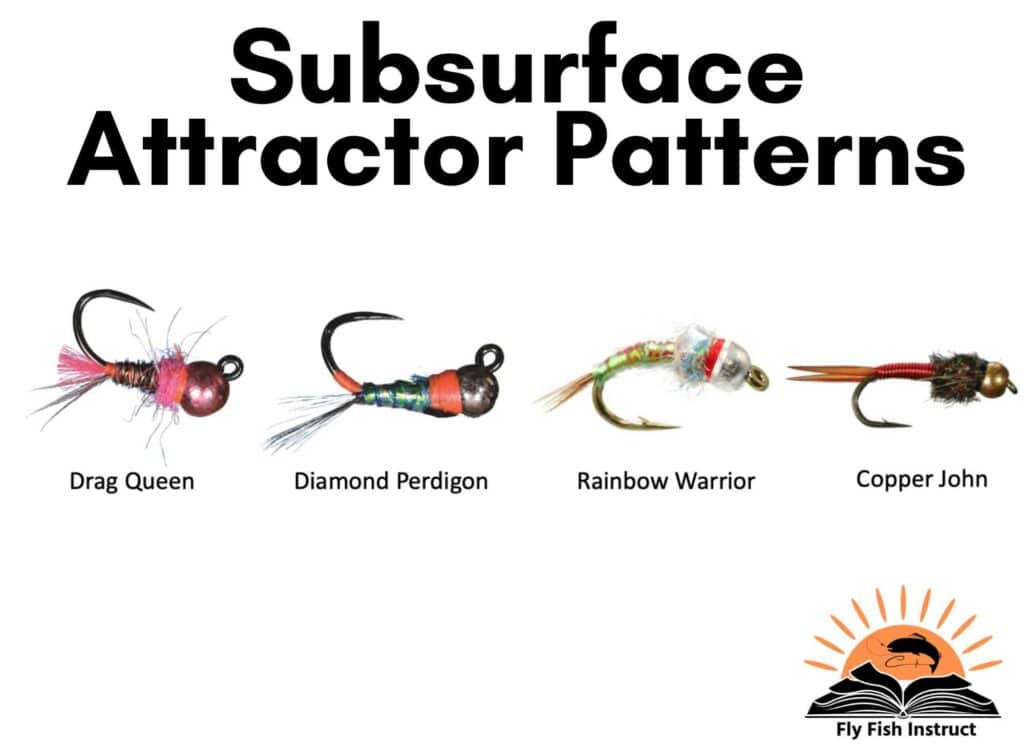
Conclusion
Knowing the 4 Fly Categories is an excellent reference for choosing the correct fly to be a successful angler. Start with a searching pattern and move to an impressionistic and imitative one if needed. Don’t forget to color outside the lines by fishing with a big, loud, and obnoxious attractor fly. Happy Fishing!
